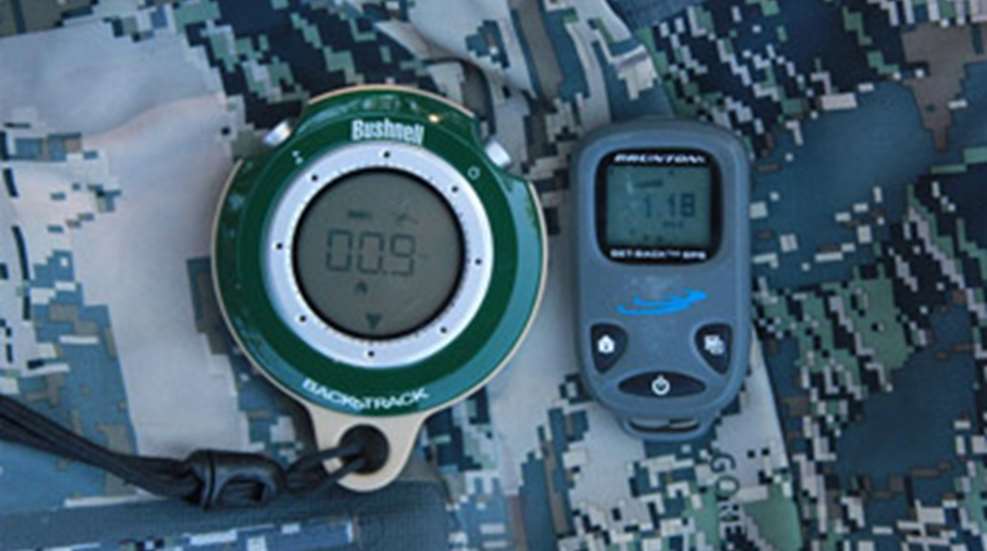
I admit it. I’m an old guy, and I do not really like technology all that much. When it comes to hunting laser rangefinders and, upon occasion, a trail camera, are about as high tech as I get. I’ve never been a big fan of using a GPS when hunting, preferring the old school way—the topographic map and compass.
On a recent elk hunt in the relatively flat terrain in northern Arizona—terrain with cedars as thick as an unending Midwestern corn field—I tried something simple along the GPS line. While my guide, Jon Vance, used his traditional Garmin unit to mark all sorts of things that were quite useful in our quest, I carried two small, simple GPS units to give them a test. One was an older version of the Bushnell BackTrack line, the other a new version of the Brunton Get-Back line.
These units are as easy to use as 1, 2, 3. That is to say, they can store and retrieve just three waypoints. With both in my pack—they are small and lightweight, and can be easily carried in a shirt pocket; I carried them in one of the waist strap pockets on my daypack where they were easily accessible—I could mark up to a total of six different waypoints.
The units are very similar in how they work. Each has a function button for setting and retrieving waypoints, and a power button. Both also have a digital compass feature. The biggest difference is in the way they are powered. My BackTrack uses AA batteries, while the Get-Back utilizes an internal rechargeable battery that recharges only with a USB cable. While the power on my unit lasted 12 hours—and the automatic shut-off feature, also found on the BackTrack, kept me from inadvertently running the battery down—unless you have a laptop, solar panel, or Brunton power pack, you might worry about running out of juice on a lengthy backcountry hunt.
With three waypoints, I could mark camp, the ATV or truck when we started the day out, and an elk when I killed one. This is a great safety feature if you go guided, just in case something happens to your guide’s unit, or the guide himself. Once I was comfortable finding camp in the dark, I marked the ATV each morning, then was left free to mark wallows, trails and other key signs that became important for the next day’s hunt.
With a price point well below a hundred bucks, I am thinking one of these little units is a smart item to be carried by all hunters who navigate terrain where they might get turned around. They’re rugged, easy to use, and very accurate.





































